It’s that time again. Time to prepare for another semester. Each semester has its own shape, it’s own tone, it’s own stories that students share. As I consider this semester, one thing I plan to tell students repeatedly, which I think I’ve not told them somehow–at least in an overt, obvious way–is to be authentic. The best writing tells an authentic story. In reading hundreds, if not thousands of student essays, the ones that captivate me do such a thing, sometimes moving me to tears or laughter. And if writing this blog has done nothing else, it’s revitalized my thinking about writing and provided the impetus to write.
Cassie, from Primitive and Proper, brought this post from Decor8 to my attention via her Facebook page, where Holly discusses the future of blogging, and if indeed there is a future for blogs. Do people still want to read them? According to Holly, blogs exploded in 2008/2009 (and I’m only starting mine now–I’m always late to the proverbial party, ha!), but have since lost readership. However, she makes the case that blogging remains relevant, and people will continue to read blogs, but only those that tell authentic stories.
Here’s the thing: I don’t consider myself a great storyteller in person– I lack the timing, the ability to captivate my audience. But here, in this space I have the time to think, to process, to revise, to tell an authentic story. In fact, stories captivate me and represent a major reason for my initial love affair with old things: books, paper, furniture, and plants.
My dad recently retired from a long career in nursing, and in the course of interacting with his patients, mentioned to one that I loved old books. And so, the patient gave him a book to give me: William Swinton’s Outlines of the World’s History published in 1874. I appreciated the gift tremendously as a gift, but when I started paging through the book, I found another story superimposed on the boringish historical text, that of Molly Harrington Brown. In reading the text, I found notes she written about people she knew–apparently an elopement scandal was brewing, read as she poked fun at herself and her reasoning–liking a guy because nobody else did, and found an exquisite ink sketch of an oak leaf, dated September 8, 1895. Though she’s long since passed, I’m nearly certain that she and I would have been friends based on the story she’d left in her textbook.
And as I consider authentic stories, past and present, I realize that my story is inextricably linked to Thad’s, and I’m better, my work is better, when he’s played a role. Truth be told, nearly everything I’ve done and touted on this blog he’s done with me: the garden spaces we’ve prepared and planted, the house we’ve literally built together, the furniture we’ve restored. And so, I’ve decided here, as part of my story to include Thad as The Farm Boy.
As is the case with so many things, kids get it. Often when reading a book aloud, my son will stop me and ask: “But Mom, is this a true story?” He’s always in interested whether the story is true, real, and authentic. My promise to you at Queen P? A true story. Ones that honor and celebrate past stories, and ones that honor and celebrate the stories developing in my life, and by extension, perhaps those in yours.

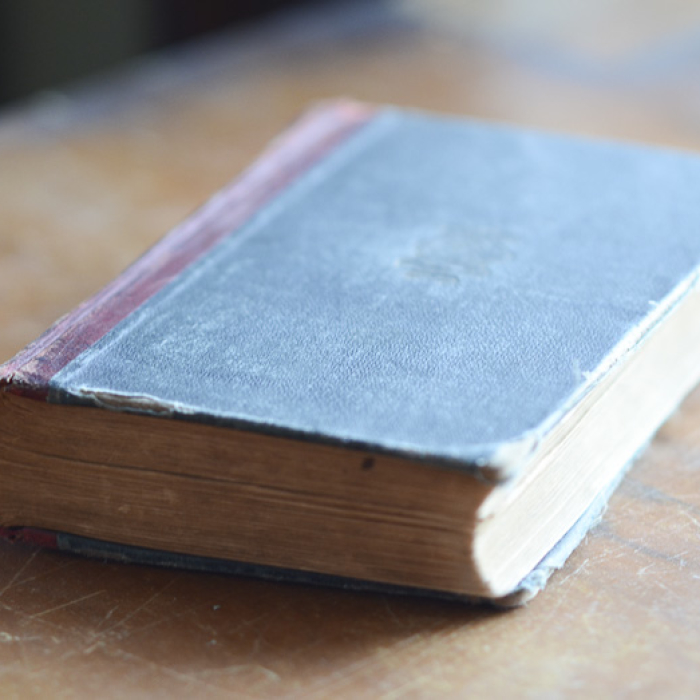
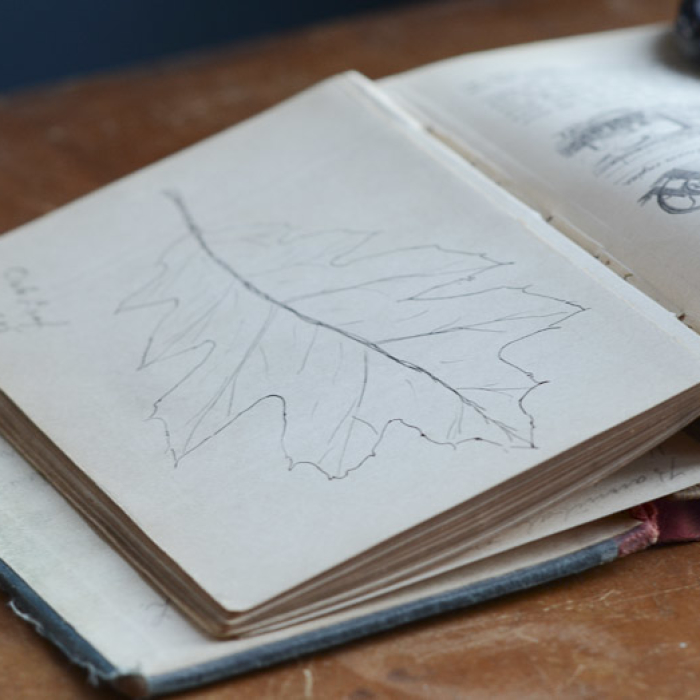
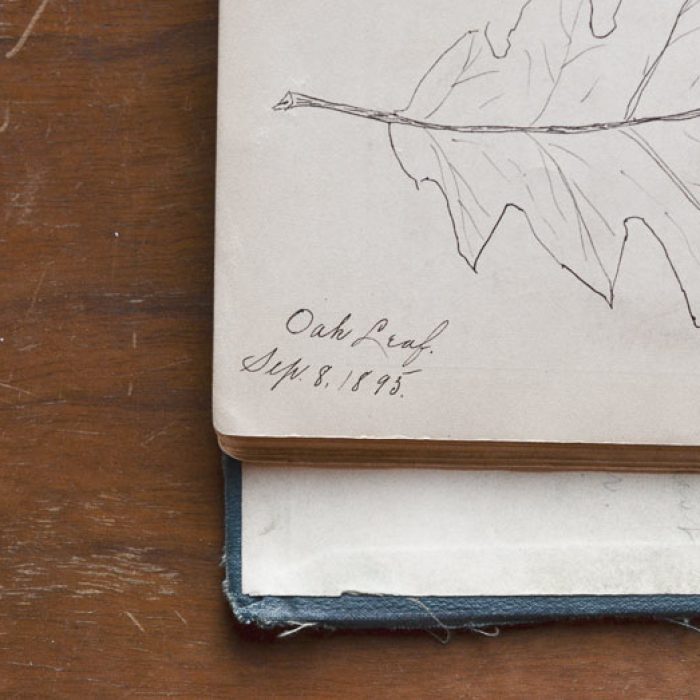
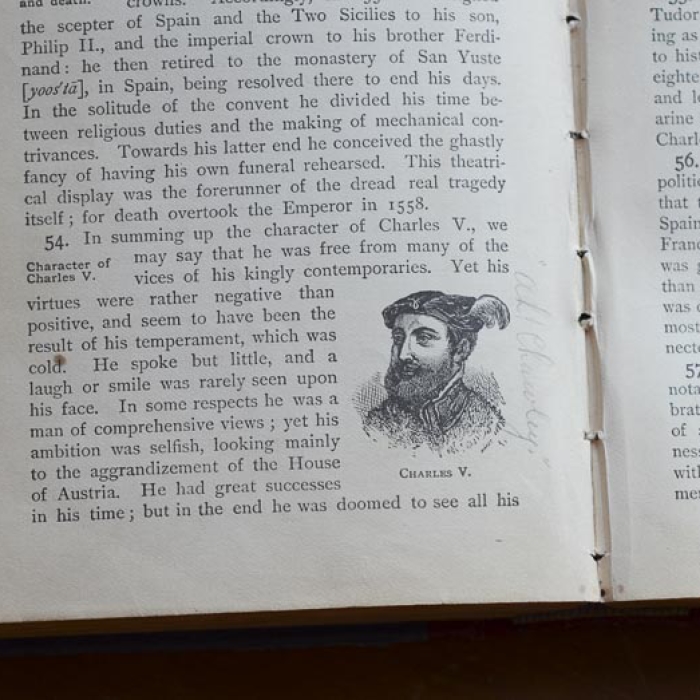
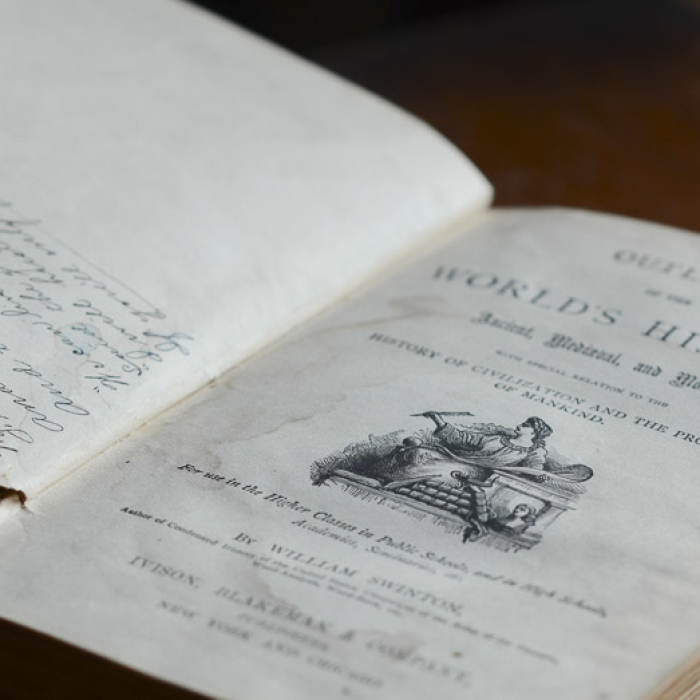
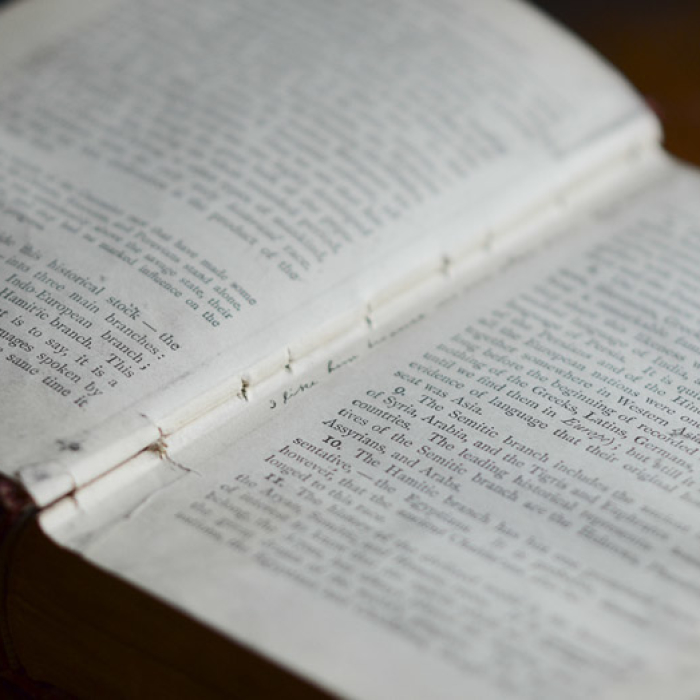



2 Comments
Jana
February 28, 2016 at 11:51 AMI adore finding signatures, inscriptions, & notations in old books as well. I especially love when they are dated too! What a treasure you have found in this one! I feel fortunate to have found your blog today! It ticks all the boxes I look for in a blog. I can’t wait to read more from you, Queen Patina!
queen patina
February 28, 2016 at 11:39 PMJana! Thanks for your incredibly kind comments! I had a chance to check out your site as well, your Etsy shop, Pinterest profile, and FB page–makes me seem VERY stalkerish I know, BUT we seem to have an uncannily similar taste in literature, movies, fashion and gorgeous, British men! It seems as though we’re destined to be friends 🙂